The World According to the Met
10 Oct
Recently I was in New York and I had a little bit of free time and so, I did my best to get to the Metropolitan Museum of Art or the Met. I took a long walk from the the hotel where I was staying to First Avenue next to the lush trees of Central Park past crummy old multimillion dollar apartments.
The shaded sidewalk next to Central Park is a pleasant walk up to the museum. There are plenty of tourists, locals, kids, buskers and a few New York street food trucks along the way. It was long but pleasant walk up to the Met.
The classical facade of the building invites you back in time. Well, the recommended ticket price for adults is US$25 but the trick is that you can pay whatever amount you can afford. I hastily paid $20 and could have paid less. But never mind, the experience of browsing through the exhibits were well worth it.
Unfortunately, I didn’t take my time to read the copious amount of information for each exhibit. I just took random pictures of whatever caught my eye. Here are some the pictures that I have retrieved from my phone.
Ancient Egyptian:-
I took this several times but I just couldn’t get a clear shot. Anyway, I just thought that its interesting that a wig could survive thousands of years and still look this good.
Fancy gold sandals, finger and toe golden gloves and other ornaments. Egyptian nobility seem to love their gold a lot and I like their surprisingly modern minimalist look.
Temple of Dendur:-
This is one of the main attractions at the Met where a whole ancient Egyptian temple was disassembled and reconstructed in one of the main wings of the museum. Here’s a brief description and history of this temple:-
The Temple of Dendur—built between 22–10 b.c. in Nubia, on the west bank of the Nile River, fifty miles South of Aswan—was given to the United States by Egypt in 1965 and installed in the Museum’s Sackler Wing in 1978. The Temple itself maintains a significant relationship with the Nile: not only does it stand as a monument dedicated to two brothers who drowned, but a destructive, man-made lake was the impetus behind its eventual relocation.
Egyptian temples were not simply houses for a cult image but also represented, in their design and decoration, a variety of religious and mythological concepts. One important symbolic aspect was based on the understanding of the temple as an image of the natural world as the Egyptians knew it. Lining the temple base are carvings of papyrus and lotus plants that seem to grow from water, symbolized by figures of the Nile god Hapy. The two columns on the porch rise toward the sky like tall bundles of papyrus stalks with lotus blossoms bound with them. Above the gate and temple entrance are images of the sun disk flanked by the outspread wings of Horus, the sky god. The sky is also represented by the vultures, wings outspread, that appear on the ceiling of the entrance porch.
On the outer walls between earth and sky are carved scenes of the king making offerings to deities who hold scepters and the ankh, the symbol of life. The figures are carved in sunk relief. In the brilliant Egyptian sunlight, shadows cast along the figures’ edges would have emphasized their outlines. Isis, Osiris, their son Horus, and the other deities are identified by their crowns and the inscriptions beside their figures. These scenes are repeated in two horizontal registers. The king is identified by his regalia and by his names, which appear close to his head in elongated oval shapes called cartouches; many of the cartouches simply read “pharaoh.” This king was actually Caesar Augustus of Rome, who, as ruler of Egypt, had himself depicted in the traditional regalia of the pharaoh. Augustus had many temples erected in Egyptian style, honoring Egyptian deities. This small temple, built about 15 B.C., honored the goddess Isis and, beside her, Pedesi and Pihor, deified sons of a local Nubian chieftain.
In the first room of the temple, reliefs again show the “pharaoh” praying and offering to the gods, but the relief here is raised from the background so that the figures can be seen easily in the more indirect light. From this room one can look into the temple past the middle room used for offering ceremonies and into the sanctuary of the goddess Isis. The only carvings in these two rooms are around the door frame leading into the sanctuary and on the back wall of the sanctuary, where a relief depicts Pihor worshiping Isis, and below – partly destroyed – Pedesi worshiping Osiris.
Ancient Assyrian Art :-
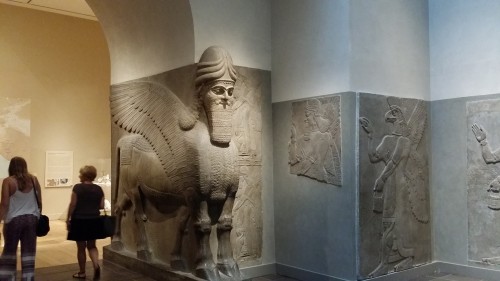
Check out this huge carving of Lamassu – Human-headed winged bull. It was taken from ancient king Sargon II’s palace at Dur Sharrukin in Assyria (now Khorsabad in Iraq), (713–716 BC.) Two plates away is an Assyrian Nishrail. This winged eagle-headed figure is a classic Assryian type of protective spirit that decorates the palace. I love these because they kinda look like some kinda extra-terrestrial inspired.
European Art:-
The Met has a extensive European collection but I was not too interested in the medieval armour and such. The atrium at the European Wing was pretty pleasant. The modern European art section of the museum was most busy as they had a pretty neat collection here. Of course they had the Van Gogh, where a throng of people are constantly standing in front snapping pictures of the famous painting. I decided to snap the other equally brilliant pieces that caught my eye…
This piece is entitled Organ Recital by French artist Henry Lerolle.
This is the seductive Salomé, by Henri Regnault
La Berceuse (Woman Rocking a Cradle) by the famous Vincent van Gogh
Two Women by Paul Gauguin
South Asian :-
Unfortunately, the South Asian exhibits was sorely lacking and only had a handful of notable pieces just like the lacking of Tibetan/Mongolian pieces as well. I took a quick look and they had pretty neat Brahma and some good Vishnu statues.
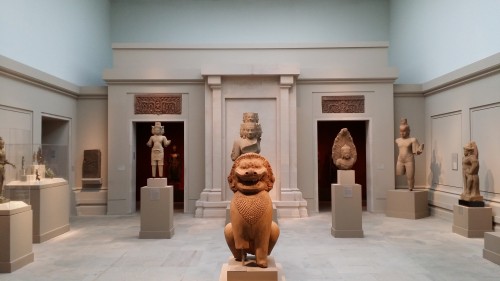
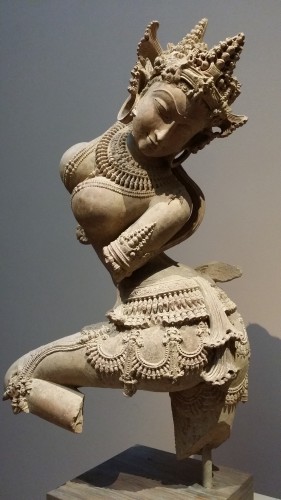
But I think this dancing celestial dancer is just superb in the beauty of her face and posture. She looks like a dakini in mid-flight. Would be nice if a Vajrayogini statue was carved with this level of refinement and aesthetics. I can already image the beauty of such a statue,
East Asian :-
I was hoping for my Tibetan or Mongolian statues and thangkas but the asian exhibit was lacking in those but they had plenty of Chinese, Japanese and Korean pieces. I am not too familiar but these are some of the pieces that seemed interesting. They had some kinda cross exhibition in which they exhibited Asian art together with asian inspired couture dresses by famous designers. I believe the exhibition was called “China: Through the Looking Glass”.
This is an unusual representation of Manjushri in royal ease holding the Prajnaparamita Sutra with his right hand.
Porcelain statues of Arhats or Lohans in Chinese.
At the larger rooms of the Asian exhibit, statues and ancient murals accompany an ultramodern forest of acrylic bamboos with two warrior mannequins dressed in minimalist Chinese-warrior inspired garb by famous Chinese designer Guo Pei who was famous for the yellow over-the-top Rihanna dress. There is a huge screen playing a montage of clips from classical Chinese sword-fighting movies to set the tone of the room.
On the main wall expanse is an ancient mural of Medicine Buddha along with his entire court of divine Bodhisattvas.
Another Guo Pei dress at another corner of the Asian wing.
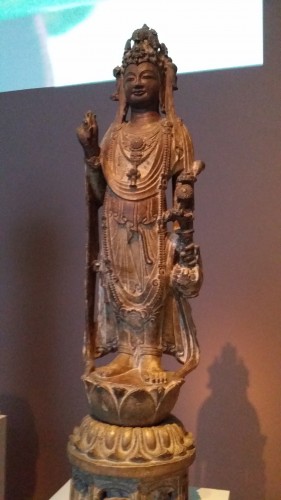
Here’s a statue of a Bodhisattva with an elaborate crown.
Chenrezig’s divine face features prominently on this couture dress.
One of the more famous Japanese rendition of a grimacing Dharma Protector Achala, holding a sword and noose. This protector was one of the principle protectors of the Indian master Atisha. He is not as popularly practice today though
This is one of the most famous Japanese traditional art print of the a Tidal wave by Hokusai. I can’t believe it is actually quite tiny, probably around A4 size. It would have looked grand if it was wall sized.
A featured display of Chinese porcelain inspired dresses by famous designers like John Galliano, Yves Saint Laurent, Roberto Cavalli and so forth.
Anna May Wong :-
In the middle of the China exhibit, we have this little known Hollywood star, Anna May Wong…
In terms of shaping Western fantasies of China, no figure has had a greater impact on fashion than the Chinese-American actress Anna May Wong. Born in Los Angeles in 1905 as Huang Liushuang (“yellow willow frost”), she was fated to play opposing stereotypes of the Enigmatic Oriental, namely the docile, obedient, submissive Lotus Flower and the wily, predatory, calculating Dragon Lady. Limited by race and social norms in America and constrained by one-dimensional caricatures in Hollywood, she moved to Europe, where the artistic avant-garde embraced her as a symbol of modernity, The artists Marianne Brandt and Edward Steichen found a muse in Anna May Wong, as did the theorist Walter Benjamin, who in a 1928 essay describes her in a richly evocative manner: “May Wong the name sounds colorfully margined, packed like marrow-bone yet light like tiny sticks that unfold to become a moon-filled, fragranceless blossom in a cup of tea.” Benjamin, like the designers in this gallery, enwraps Anna May Wong in Western allusions and associations. In so doing, he unearths latent empathies between the two cultures, which the fashions on display here extend through their creative liberties.

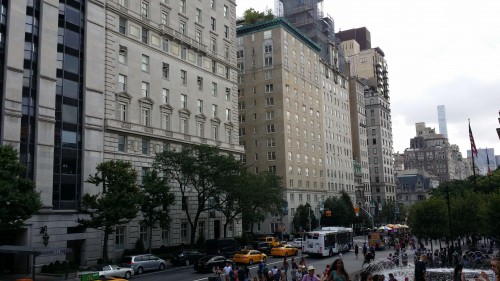
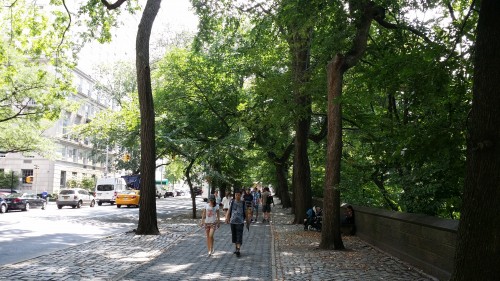
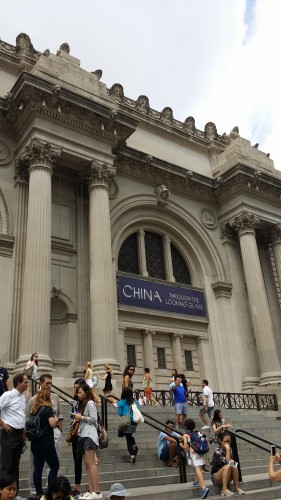
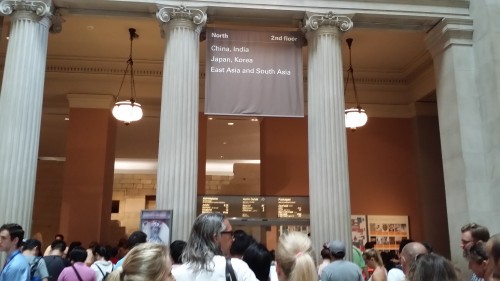
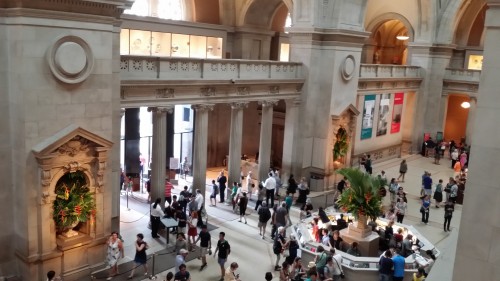
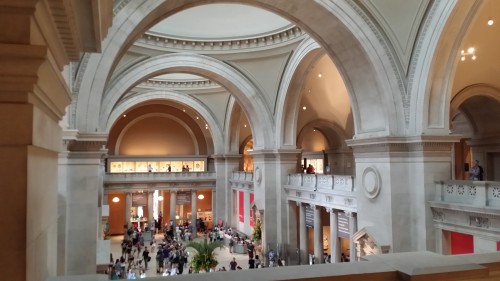
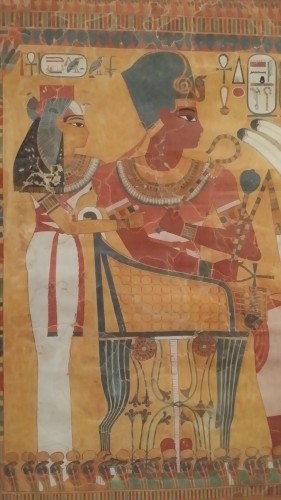
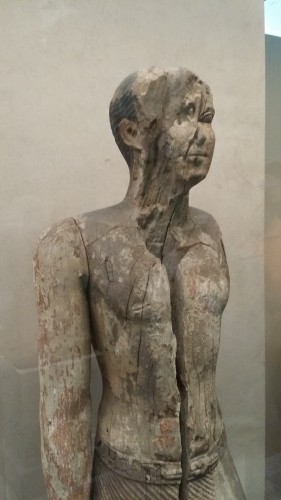
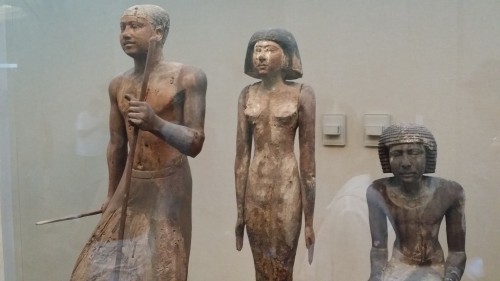
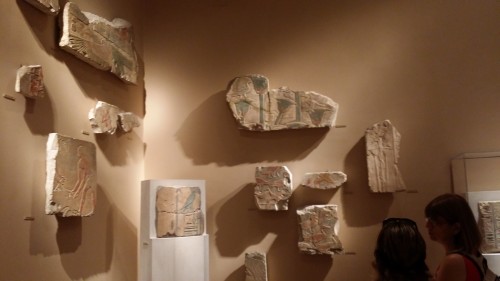
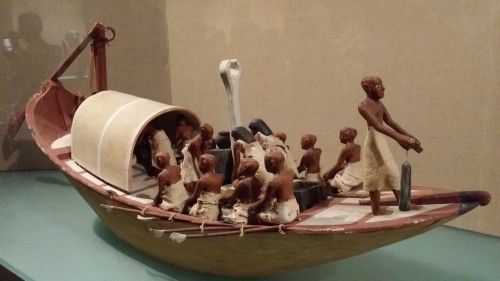
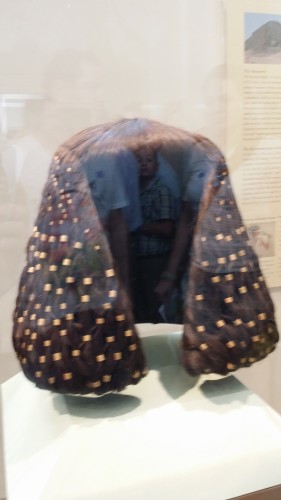
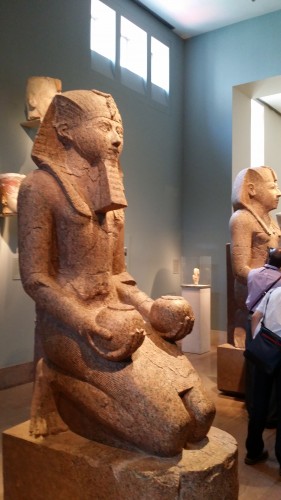
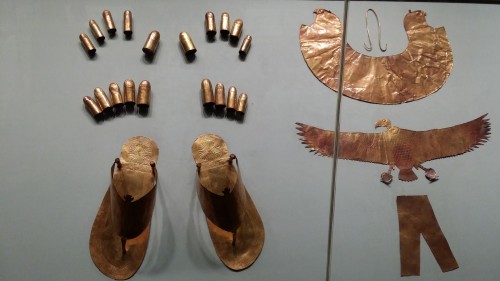
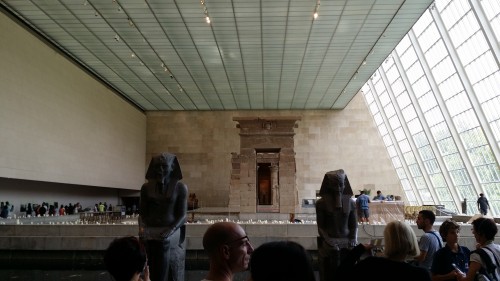
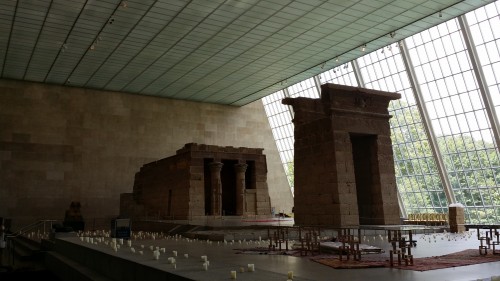
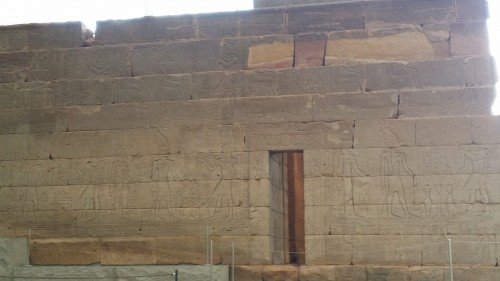
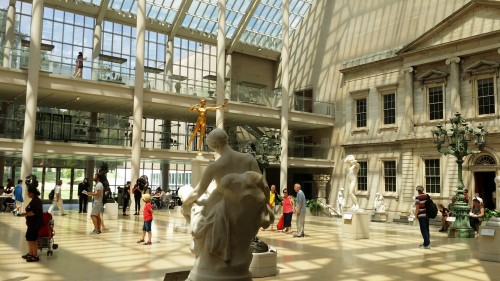
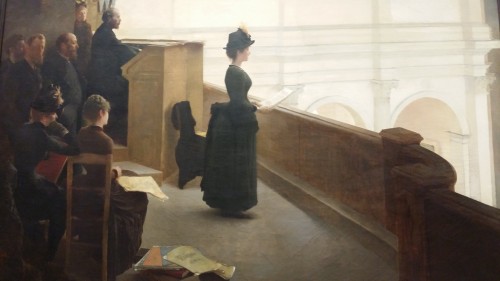
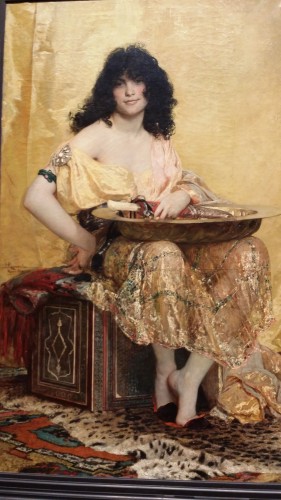
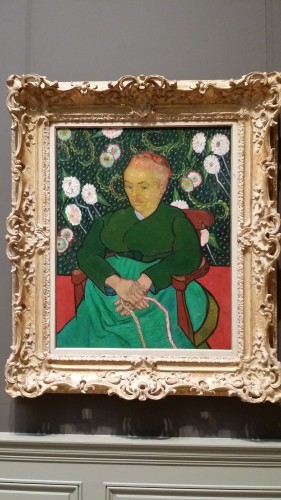
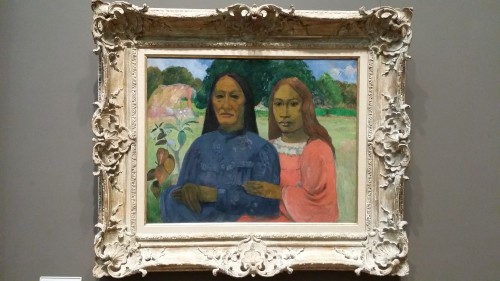
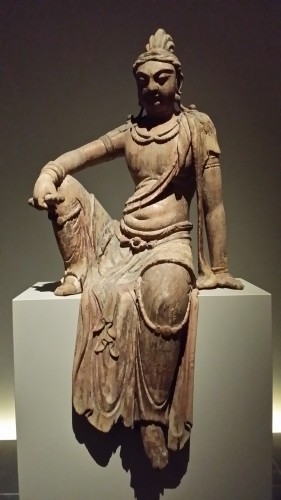
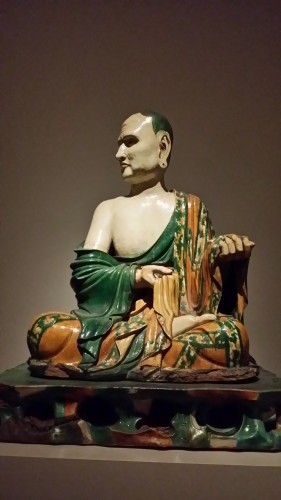
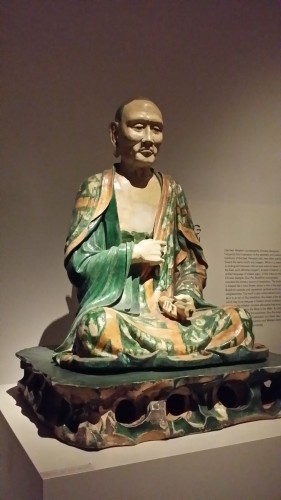
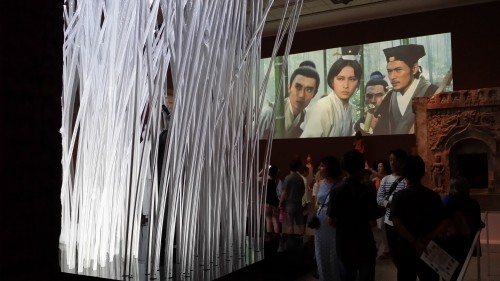
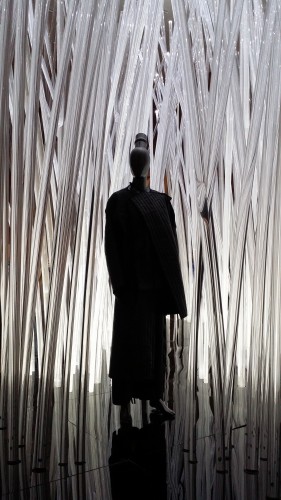
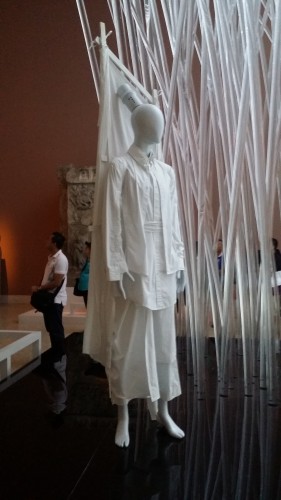
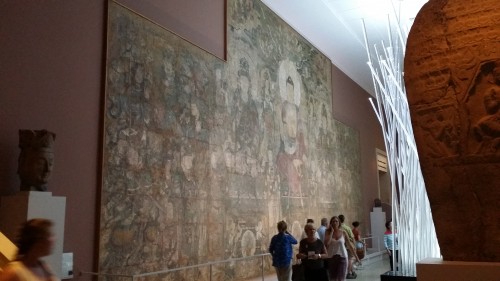
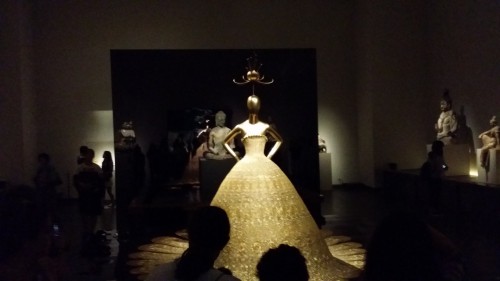
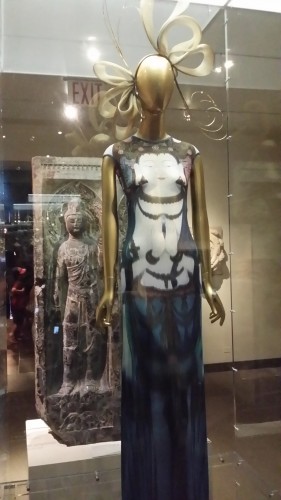
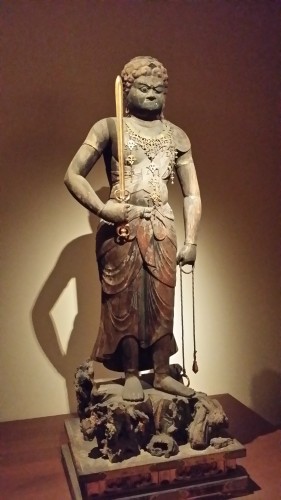
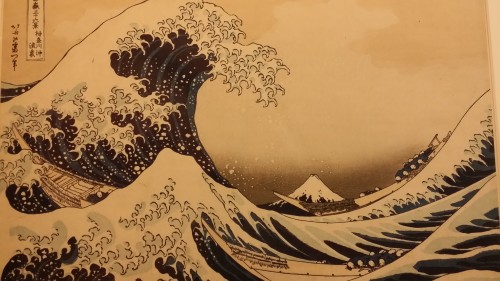
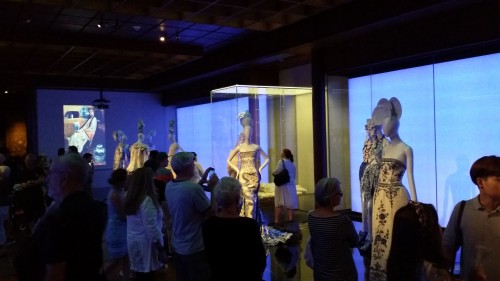
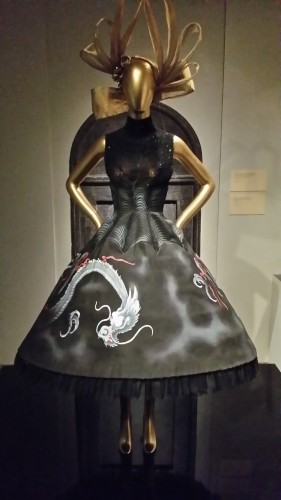
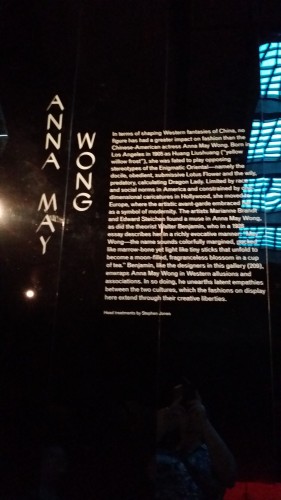
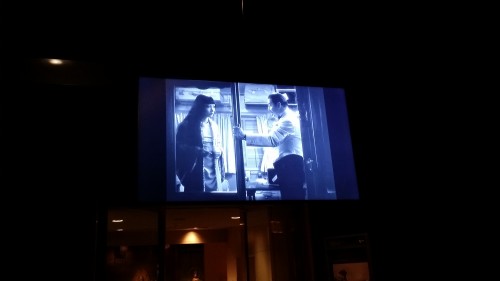
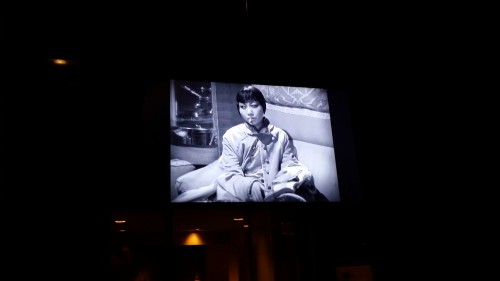




No comments yet